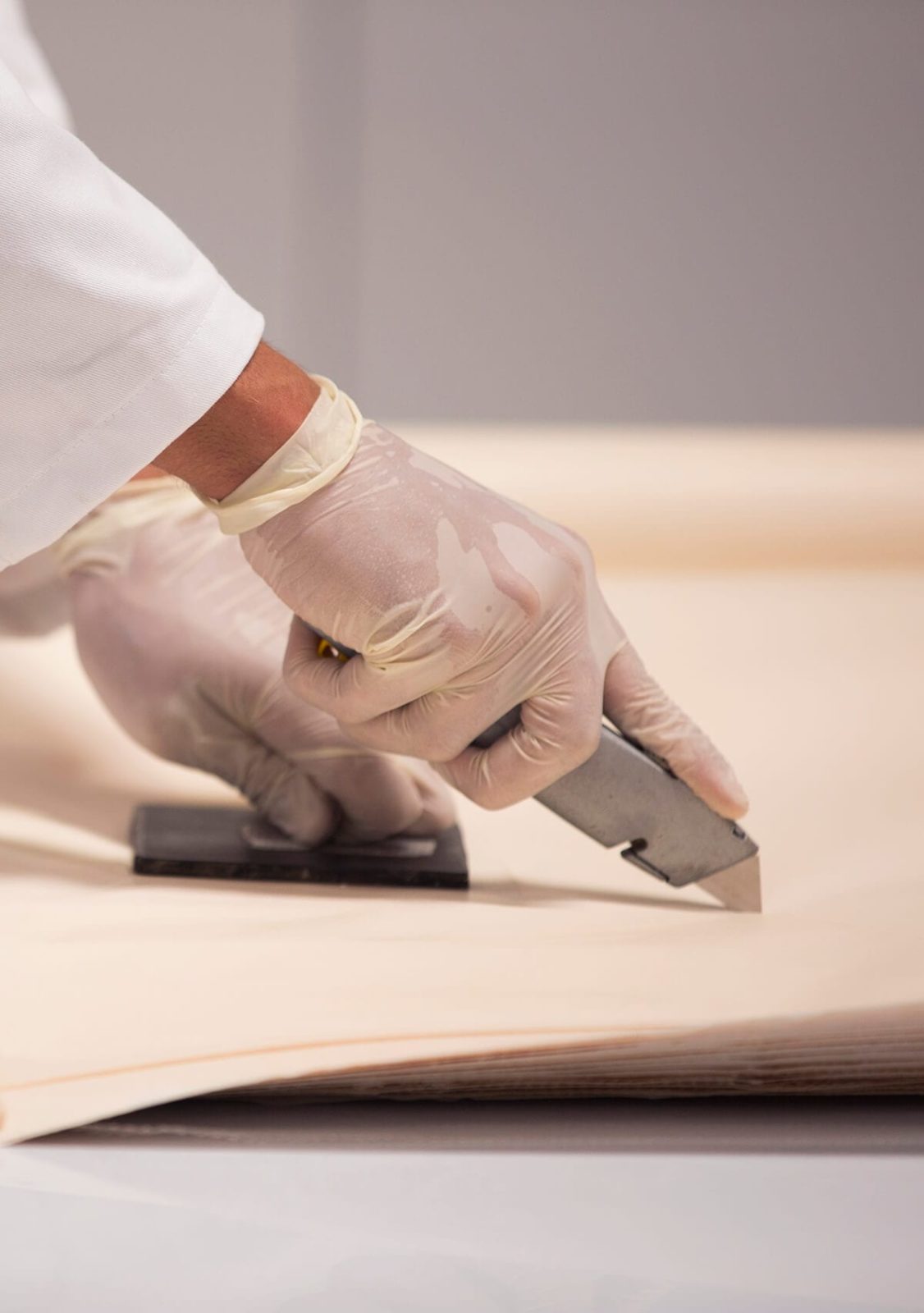Chlorine Scavengers
Membranes can last for days or years depending on the care they receive. Chlorine in feedwater can permanently damage membranes, requiring them to be replaced. Unique Avista formulations remove free and combined chlorine from RO system feedwaters to protect membranes from oxidation damage. These chlorine scavengers are certified for use in systems producing potable water, are odorless and stabilized to prevent off-gassing, making it ideal for indoor installation.
Avista Membrane Chemicals Brochure
Download Avista Membrane Chemicals Brochure
All products are color coded for easy identification:
GLOBAL PRODUCTS
REGIONAL PRODUCTS
Chlorine Scavenger|Global|Kuriverter
Kuriverter™ AC-427
Kuriverter™ AC-427 is a modified, odorless liquid sodium bisulfite formulation used to remove free and combined chlorine from reverse osmosis (RO) feedwaters.
VIEW SPECS
AntiChlor|Chlorine Scavenger|Regional
AntiChlor™ 30
AntiChlor™ 30 liquid is a dechlorinating agent used as a mild, non-oxidizing biostat or injected into reverse osmosis (RO) feedwaters to protect polyamide membranes from permanent damage caused by chlorine.
VIEW SPECS
Technical Support
Avista technical support helps to provide a thorough evaluation and diagnosis of site-specific challenges. This analysis results in a clear strategy to solve customer issues and properly apply the right chemicals. Once Avista chemicals are applied, ongoing data normalization is used to validate chemical performance and set cleaning procedures.
Questions?
Contact us today for any questions or additional information.
Resources
Scale Inhibitors
Scaling within reverse osmosis (RO) systems is a serious matter. Not only does scaling drastically reduce system performance, but the abrasive scale deposits may also cause irreversible damage to the rejecting membrane surfaces.
Learn More
Cleaning Spiral Wound Membranes
All reverse osmosis (RO) systems foul over time. Symptoms of fouling include a decrease in normalized permeate flow, an increase in salt passage, or an increase in differential pressure.
Learn More
The Role of Coagulants in Reducing Colloidal Fouling
Micromedia filtration (MMF) is the most economical means of removing colloids from within reverse osmosis (RO) feedwater. However, to be effective, in-line coagulation is required upstream of the filters. With coagulation, colloid removal rates of 95% to 99% are typical.
Learn More






